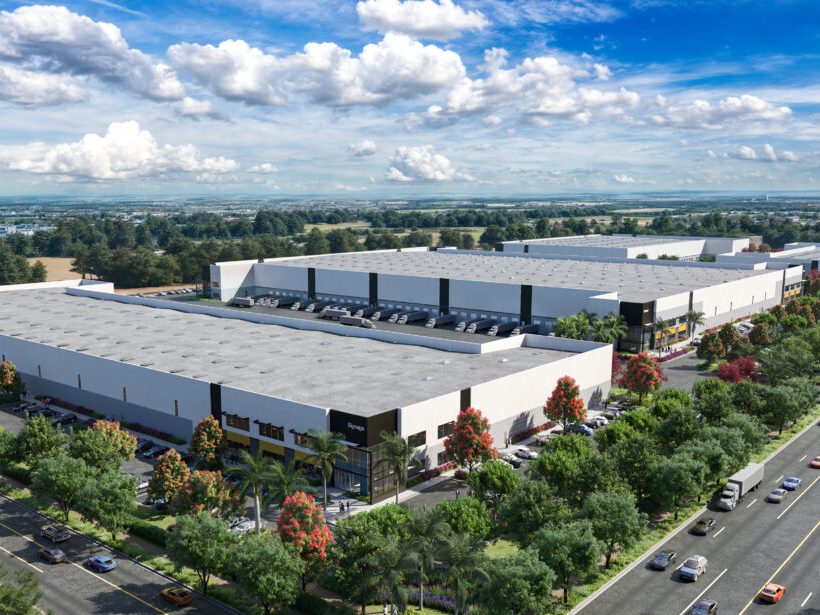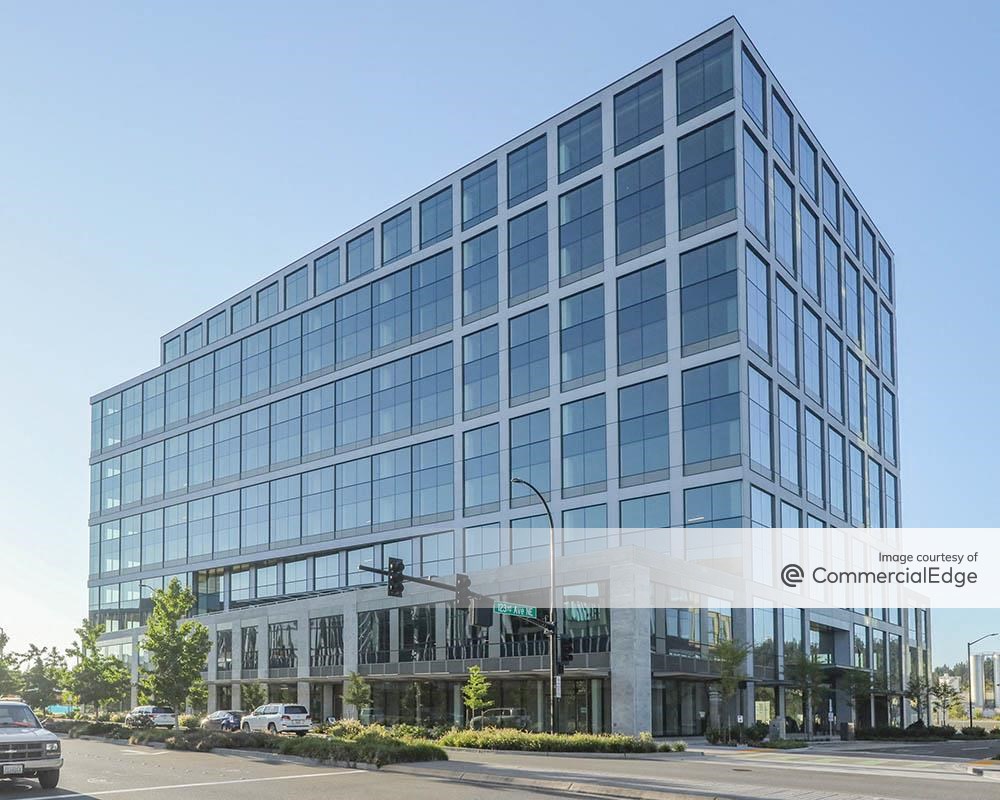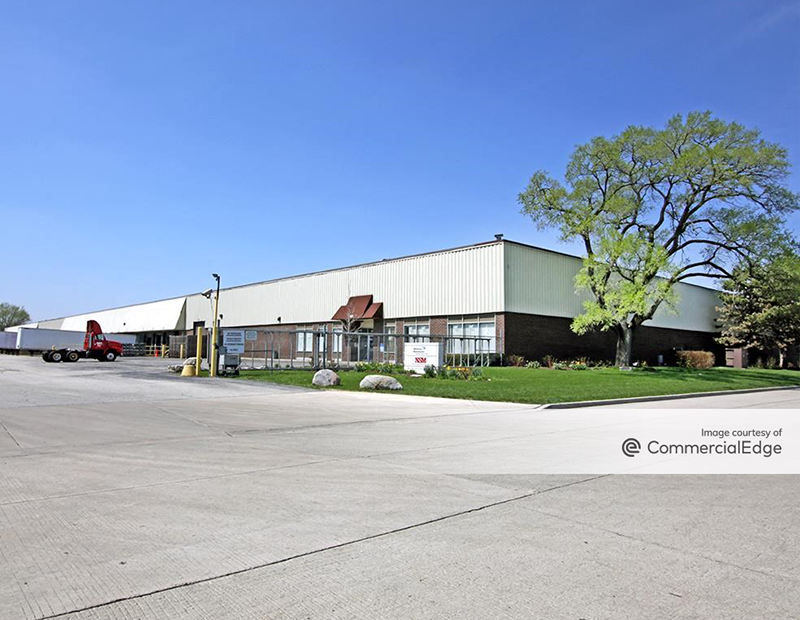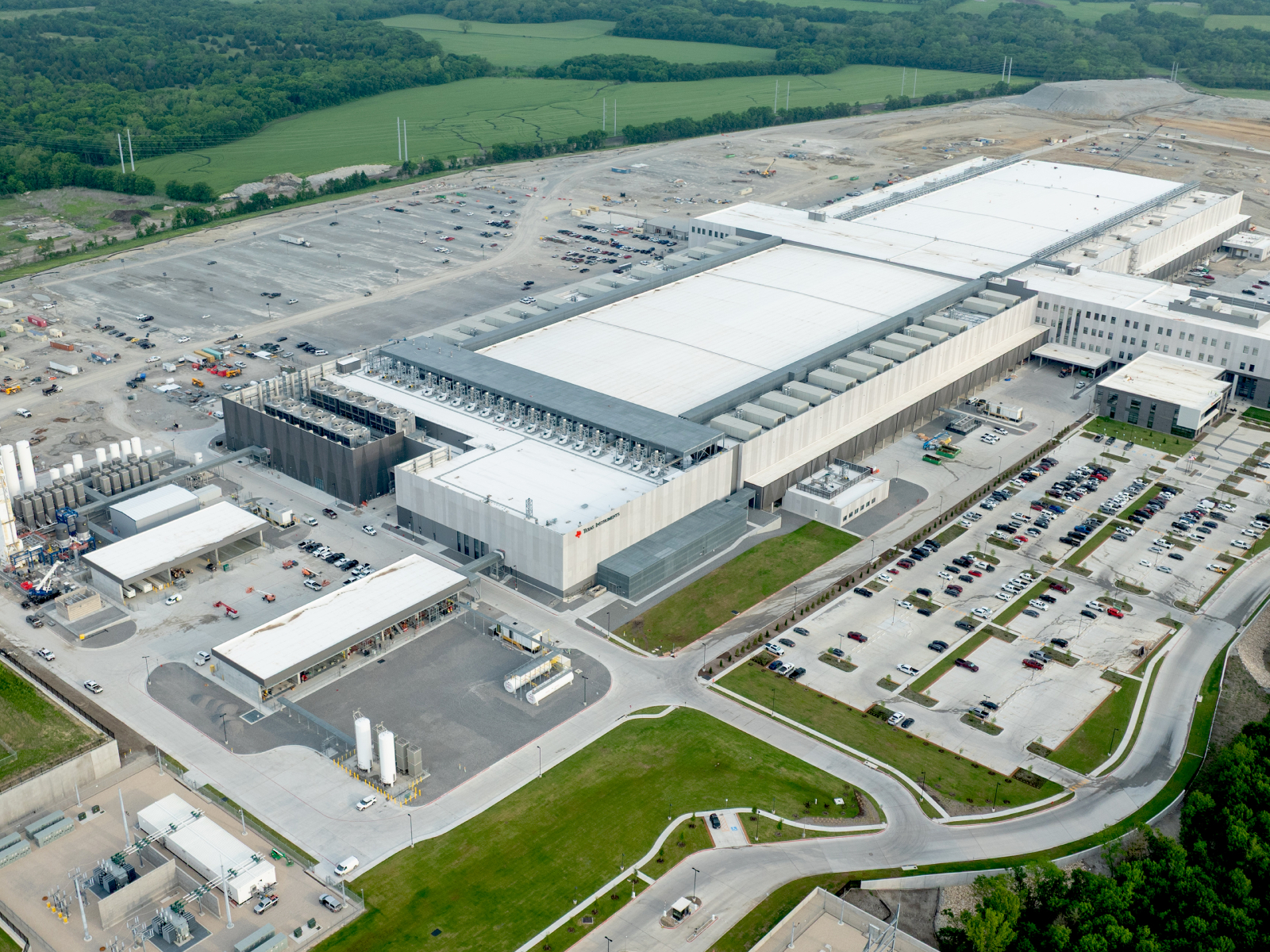A Year of Change
November 29, 2023
The past year has brought challenges, but also a lot of interesting new considerations.
Another year is almost gone, and I’m not sure how I feel about it. Economically speaking, it’s been a tough one. But after 11 interest rate hikes, things aren’t as bad as had been expected. Whether the Federal Reserve has contained the worst and how soft the landing will prove to be next year remains to be seen, of course. For commercial real estate, performance has been mixed by sector. And the year has brought a lot of interesting new considerations:
- Perhaps the most dramatic has been the emergence of generative AI. While we’ve barely scratched the surface, it’s sure to extend far beyond writing reports in the tone of your choice to more valuable benefits such as predicting operational performance, anticipating equipment repairs and targeting marketing. The pace of advancement may necessarily be slowed down to ensure responsible development, as the OpenAI board expressed during recent upheaval, but the number of applications can only expand.
- Climate challenges have also forced change, not least because insurance companies are raising rates and declining coverage in more at-risk areas. Meanwhile, developers and owners of existing properties must implement further measures to protect against increasing frequency of severe weather events.
- Tightened clean-energy mandates are requiring more of property owners. At the same time, the pace of electric vehicle adoption has slowed, leading a number of automakers to reduce or delay production plans. That in turn has put the brakes on ramp-up of charging station implementation. Installations are still necessary, but on a smaller scale, which may actually give the utility companies a chance to expand capacity.
- Increased interest rates and economic uncertainty have reduced availability of affordable financing, resulting in fewer property trades as owners hold onto their properties. Looming loan expirations are liable to force a change in the near future, however.
- The hardest hit, of course, has been the office sector, as the reluctance of workers to return to offices full time has left property owners with subleases, empty suites and shorter lease terms. The initial response was to develop new amenities that would help tenants lure their employees back. As more companies decide hybrid work is here to stay, owners have increasingly considered converting office buildings to other uses. Multifamily has often been the first thought, but structural incompatibility and ill-suited environment (especially in some slow-to-return downtowns) make that easier said than done, although a number of such conversions are underway.
- Retail, meanwhile, has begun to recover from its COVID-era pain. Although some brands continue to fail, downsize or go online-only, foot traffic has returned to reformatted and revitalized shopping centers. That combined with limited new development has resulted in improved overall property performance.
As the year races to its end, there are likely more challenges to come. But there’s also plenty of new territory to explore.









You must be logged in to post a comment.